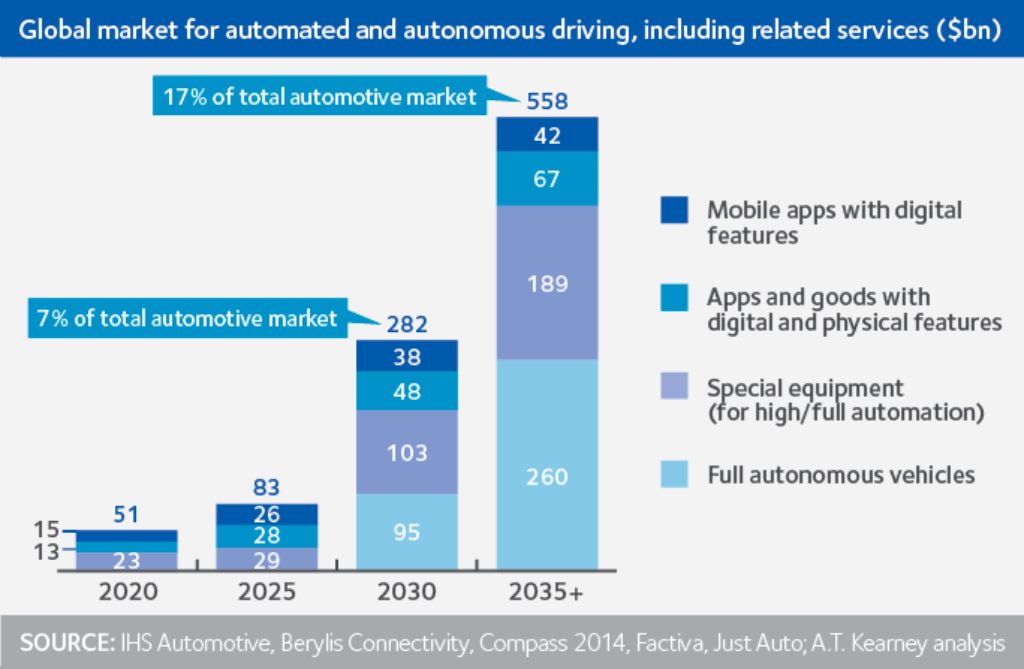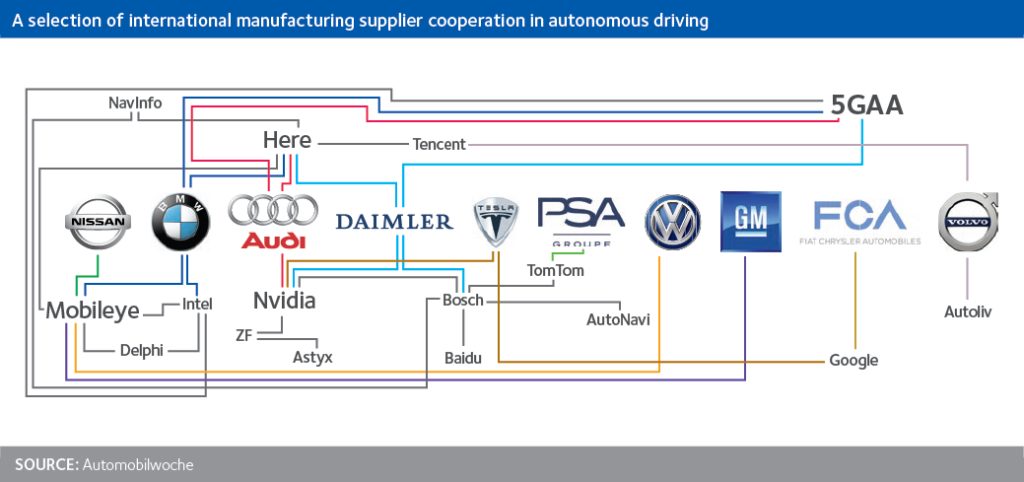Regulation
A few years ago a report from Goldman Sachs1 said the current regulatory framework was not set up to contemplate the legalities and liabilities associated with vehicles that drive themselves.
Fast forward to 2018 and the regulatory environment remains just as unclear and complex with the absence of a clear regime for liability of an autonomous vehicle. The US, which has been at the forefront of the AV revolution, has been grappling with the issue for many years and in the absence of a federal lead individual states such as California, Nevada and Arizona have been writing their own rules. However, last year the US Senate did finally publish principles outlining what legislation around AVs might look like.
In February, regulations were passed by California’s Department of Motor Vehicles (DMV) to allow driverless cars to begin operating on public roads as early as April. To begin with these cars won’t be operating completely unmanned, they must have a remote operator monitoring the car ready to take over if necessary. When the cars are deployed commercially, the remote operator will no longer be required to take over the car, just facilitate communication while it monitors the status of the vehicle. Under these new regulations, California’s DMV can begin issuing permits for completely driverless cars as early as April.
In Europe the UK has published a Modern Transport Bill setting out what needs to be done to support the introduction of driverless cars. The Bill lists a number of proposals regarding how self-driving cars should be insured, and lays out instances where the owner will be at fault, even after engaging autonomous mode.
In Germany new ethical guidelines state that the software that controls AVs must be programmed to avoid injury or death at all cost. Germany has also passed legislation under which a driver must be sitting behind a wheel at all times ready to take back control if prompted to do so by an AV. Meanwhile China is developing national regulations for testing of AVs on public roads.
However social acceptance of self-driving remains one of the biggest barriers to AVs with significant scepticism among consumers. Concerns about the safety of the technology are paramount, but there are security concerns too as vehicles become more automated and prone to hacking.
Existing transport infrastructure also poses difficulties. For instance Baidu, a leader in driverless car technology in China, recently said that chaotic roads in China, where cars compete with scooters and pedestrians, was a “serious obstacle” to staying competitive in autonomous driving.
1: Goldman Sachs – Monetising the rise of Autonomous Vehicles




